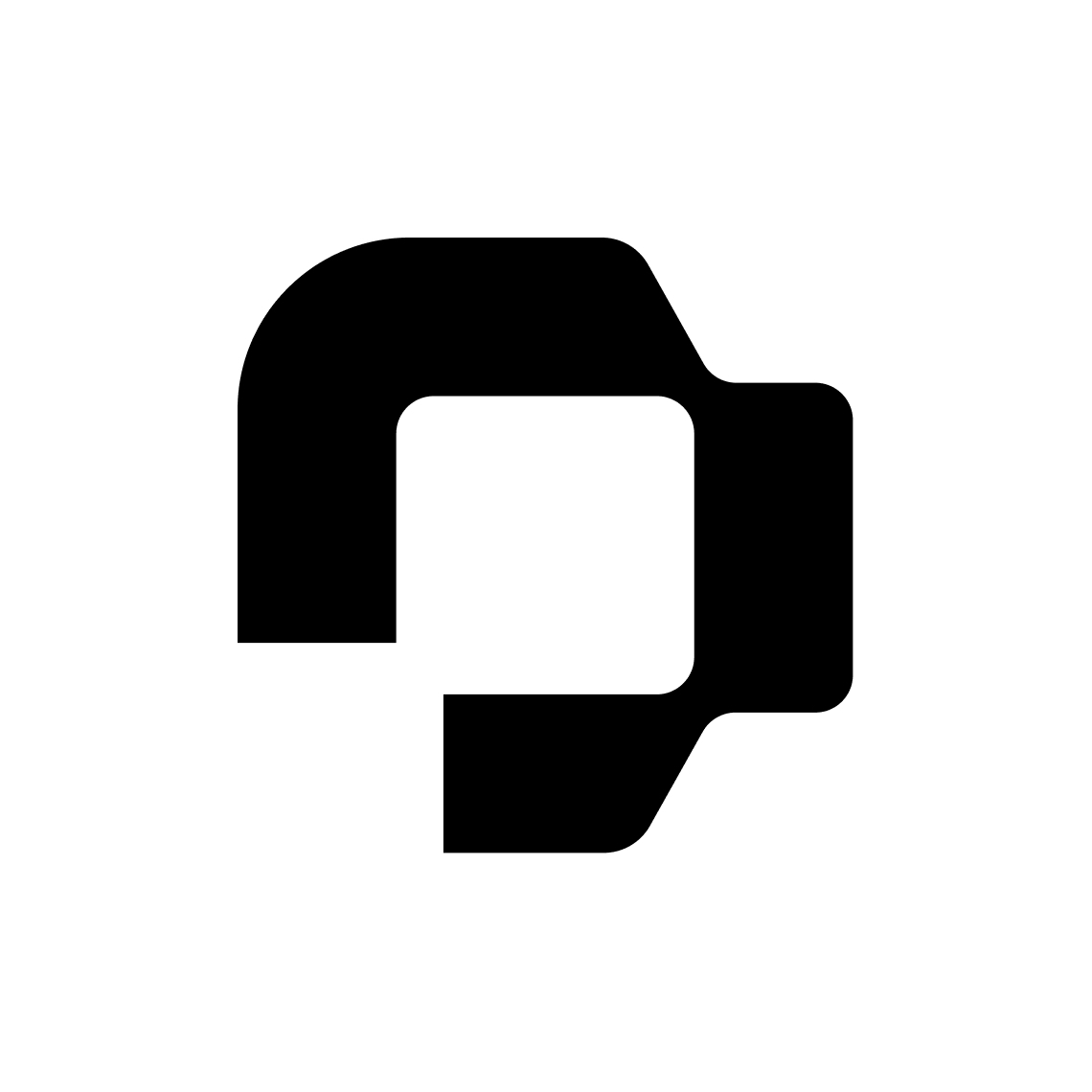Introduction
Gender diversity is an important topic on today's HR agendas. A recent survey conducted by Glassdoor revealed that 76% of candidates consider diverse workforce a valuable component when they apply for a job. Furthermore, by diminishing biases in recruiting, companies have access to a bigger pool of talent, which ultimately would reduce the effects of the war of talent. The term “war for talent” – referring to the lack of skilled employees on the labor market – has become more and more prominent in Europe over the last couple of years.
According to a McKinsey study from 1997, this war for talent would become not only a strategic business challenge but also a critical driver of corporate and financial performance. In the recession following the dot-com bubble, it was assumed that the war for talent would be over or at least recede – however, quite the contrary became reality. Because of the strengthening economy and the development of many former third-world countries, the war for talent will not only persist for the next years but become even more brutal.
To adapt to this development, companies should learn how to attract, develop and retain high-potential candidates and acknowledge the strategic importance and enormous value of human capital and the best talent.
Diversity includes more than just gender difference, it also involves people with different sexual orientations and ethnic and social backgrounds. However, for the scope of this article, we will solely focus on gender diversity. We will provide you with some useful tips on how to refine your recruitment process and employer branding to specifically attract female talent.
Job advertisements
Women are not attracted to the same job advertisements as men. As studies show, the use of the specific wording in job advertisements can discourage women to apply. To give an example - researchers found that female jobseekers were less likely to apply when requirements were mentioned in a trait-like way rather than in a task-directed way. Therefore, you should rather use phrasing like ‘You always remain calm under pressure’ as it is task-oriented and more encouraging than ‘You are calm/not nervous’. Please also make sure to avoid stereotypically ‘masculine’ language like ‘competitive’ or ‘assertive’ and rather use words more appealing to women like ‘collaborative’ or ‘team-oriented’. Equal pay as well as diversity and inclusivity initiatives should also already be promoted in the job advertisements.
The ‘Confidence gap’
One of the main challenges in female hiring can be defined as self-imposed by women - by the so-called confidence gap. As research has shown, many women are less self-confident than men even though they are just as qualified. Unfortunately, especially in a competitive environment like job interviews, self-confidence matters as much, if not more than competence. To counteract this lack of confidence, it’s important that women are fostered by other women who can serve as mentors, coaches or role models – wherefore it is especially important that organizations actively promote successful women so that they are able to lead by example.
Diverse recruitment as a motivator
To generate more female hires, many companies embed incentives for hiring managers in their diversity strategy. This means that a proportion of a hiring managers’ salary (usually between 5% and 10%) is based on their gender diversity recruiting successes and retention results. After implementing such a strategy, the investment banking company Morgan Stanley has stated that one leading semiconductor company reported a 43% increase in female hires even in the traditionally white male dominated world of production. Another possible way to eliminate, or at least minimize unconscious bias when evaluating candidates, are gender-neutral tools or competency-based interviews which can be used in the recruitment process. These tools can be analytical tests or AIs that rate a candidate’s suitability based on their background and skills and not their personal profiles.
Diversity best practices in Recruitment and Employer branding
While there is of course no right or wrong when it comes to Recruitment best practices, we would like to provide you with a checklist based on the above-mentioned to help your company attract more female talent and refine your recruitment process even further:
- Are your job ads written in a gender-neutral and task-oriented language?
-
Is the number of female applicants considered per open role about as high as the number of male applicants to minimize (unconscious) bias?
-
Do promising female applicants receive a first short telephone assessment to reduce the risk of the confidence gap (as women tend to undersell themselves on their CVs)?
-
Is there at least one female interviewer throughout the recruitment process to create a diverse work environment?
-
Do your female candidates have female mentors during the recruitment process and especially the offer stage to erase doubts and promote the company as an attractive employer for women?
To give you some inspiration of how you can improve your employer branding further and position yourself as an attractive employer for a gender-diverse workforce, we have composed a list of initiatives you could take into consideration - if you are not already doing so 😉
-
Have your company commit to a gender-balanced workforce by 20XX
-
Anchor equality and diversity in your corporate values
-
Have regular unconscious bias trainings, some of which specifically tailored to gender equality
-
Offer corporate mentoring programs and women's’ network programs
-
Set up individual sponsorship programs, e.g. reintegration programs for parental leave returnees or for the development of female high potentials
-
Take up (gender) diversity topics in your Social Media campaigns
-
Embed female testimonials as role models on your career landing pages
-
Use of a ‘gender-neutral tool’ in the recruitment process e.g. an AI
Not all recommendations might work to the same extent for all companies and industries. Instead, we wanted to provide an inspiration on how to shape company processes that can increase female hires with reasonable and feasible means of affirmation and fostering.
If you have any more ideas or suggestions how your company fosters (gender) diversity and inclusion, please tell us in the comments and share your best practices with us! 😍
Sources:
Chang, E. H., Milkman, K. L., Chugh, D. & Akinola, M., 2019. Diversity Thresholds: How social norms, visibility, and scrutiny relate to group composition. Academy of Management Journal, 62(1), pp. 144-171.
Glasdoor Team, 2021. What Job seekers Really Think About Your Diversity and Inclusion Stats. [Online] Available at: https://www.glassdoor.com/employers/blog/diversity/
Morgan Stanley, 2017. Woman employees boots the bottom line for Tech firms. [Online] Available at: https://www.morganstanley.com/ideas/gender-diversity-tech-companies
Wille, L. & Derous, E., 2018. When Job Ads Turn You Down: How Requirements in Job Ads May Stop Instead of Attract Highly Qualified Women. Sex Roles.






